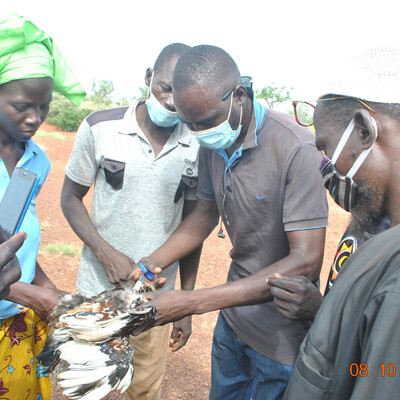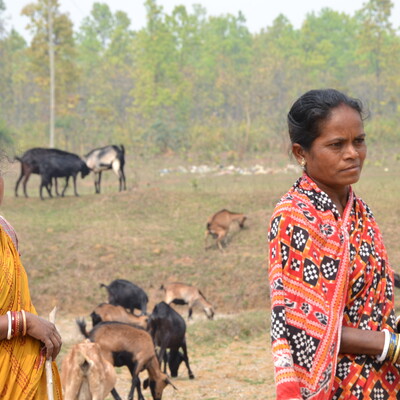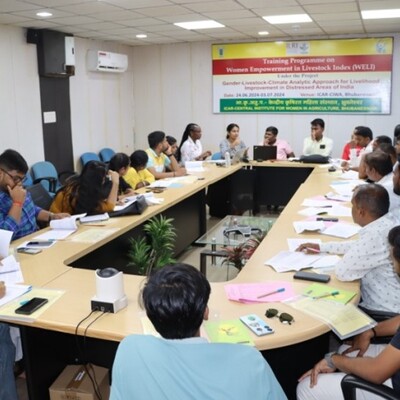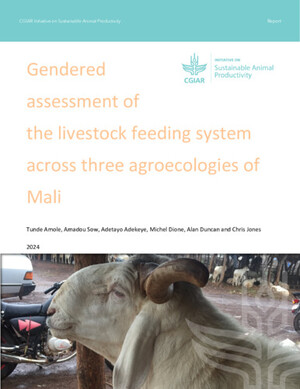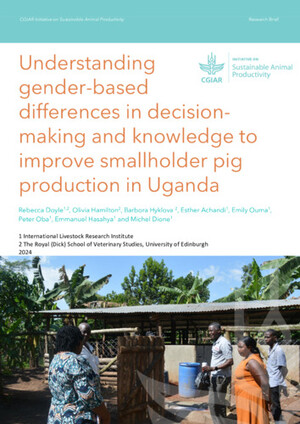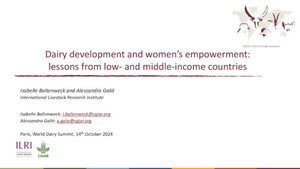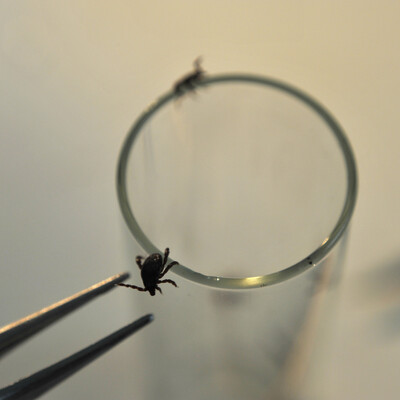
Making Livestock and Fish research gender responsive: Putting in place a monitoring and evaluation framework
From 24-28 March 2013, CGIAR research program on Livestock and Fish researchers met in Naivasha to update and design research ‘flagships’ for the coming years. Streamlining the program from 6 research themes to 5 flagships will not see any of the cross-cutting themes (including gender, learning and impact) lose their place in the research program. The meeting was an opportunity to make sure these issues are fully captured in the new structure.
With respect to gender, a strategy is already in place but is not enough on its own. There must also be visible leadership and accountability for progress in the integration of gender research in the program and the ways it is monitored and evaluated (A recent World Bank report explains how gender sensitive monitoring and evaluation works). Further, the CGIAR Consortium Gender Strategy requires that all CGIAR research programs (CRPs) systematically integrate gender equity issues into their work. This was captured in the proposed actions to speed up gender research mainstreaming in CGIAR (download). To realize this, there must be a monitoring and evaluation framework that helps managers know whether or not the program’s approach to gender is working and targeting the right people.
If you do not mainstream leadership and visibility of what you do, it will go away. Visible leadership and accountability is fundamental for success in gender research – Jacqueline Ashby
Jacqueline Ashby, senior advisor on gender and research at the CGIAR Consortium Office joined the planning meeting to see how gender is being incorporated in the new flagships. In a presentation, she emphasized that demonstrating investment in gender research must be captured in the program’s budgeting and reporting. She maintained that mainstreaming is about institutions, rules and regulations and that if you do not mainstream leadership and visibility of what you do, it will go away. ‘Visible leadership and accountability is fundamental for success in gender research’, she asserted. She further explained that gender research falls in two main areas:
i. Gender strategic research which addresses questions related to ‘why and how’ there are differential results between men and women such as ‘how does introduction of a new technology change men’s and women’s income?’
ii. Integrated/applied research which addresses questions such as ‘what are the sex disaggregated implications of adoption of a new crop variety?’ This category does not investigate the reasons for gender differences.
Taking this research agenda forward across the CGIAR is a key activity of the CGIAR Gender and Agriculture Research Network. The Network first met in March 2012 to identify opportunities for collaboration in research and capacity development. One of the action points resulting from that meeting was to design a set of indicators for gender-responsive research correlated with the CGIAR’s strategic objectives related to poverty reduction, improved food security, better nutrition and more sustainable resource management.
Having a gender-responsive monitoring and evaluation system is therefore one of the key milestones for the program to ensure that it has indeed taken proper account of gender equity in the design and implementation of its research. The good news is that the program is moving in the right direction with a draft M&E framework for gender helping to guide the discussion forward.







